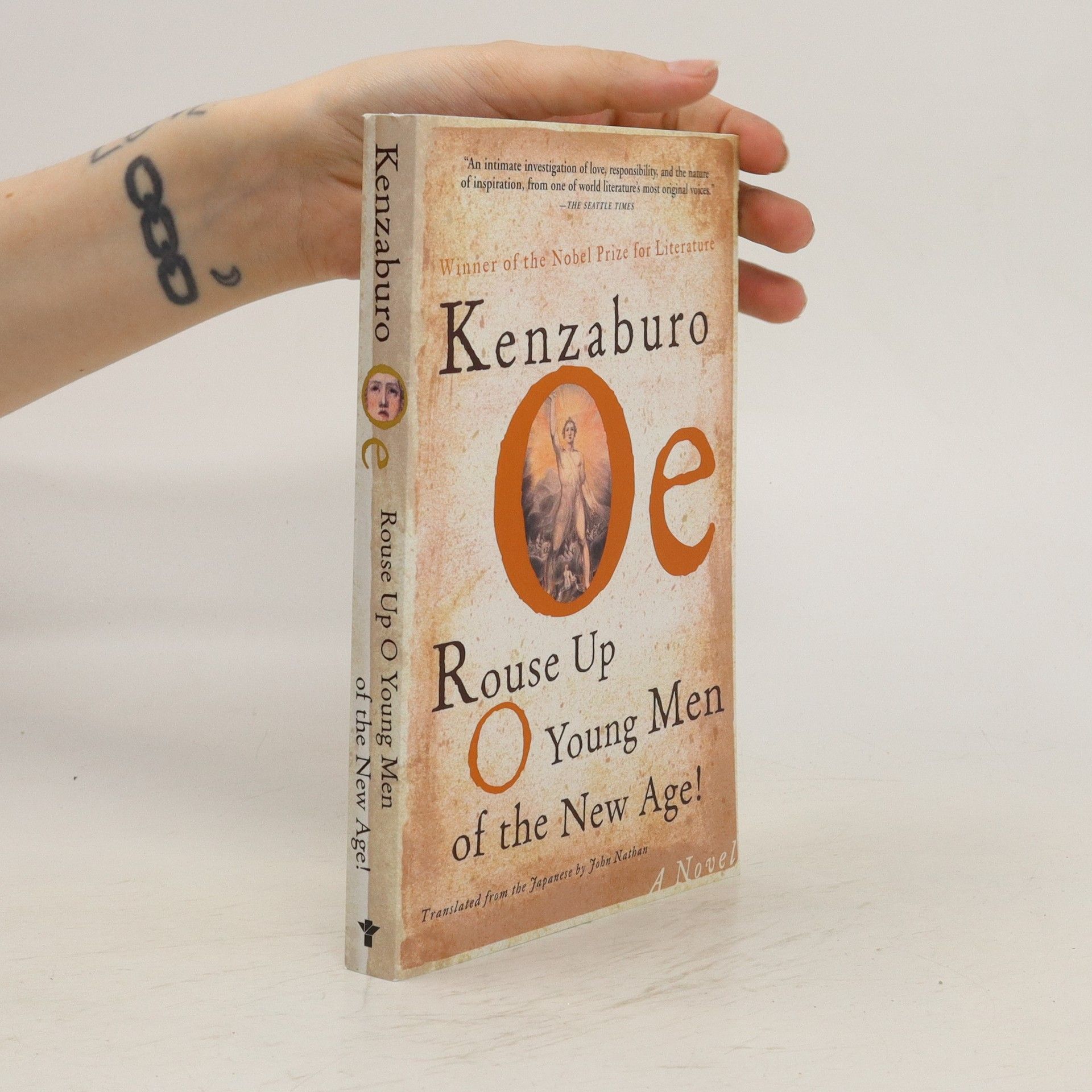Japan während des Zweiten Weltkriegs. Eine Gruppe heranwachsender Jungen soll aus einer Erziehungsanstalt wegen drohender Bombenangriffe evakuiert werden. Man bringt sie in ein entlegenes Bergdorf. Aus Angst vor einer Seuche fliehen die Dorfbewohner aber und versperren den Jungen den einzigen Fluchtweg über eine Schlucht. Nach anfänglicher Beklemmung beginnt die Gruppe - ähnlich wie in Goldings Herr der Fliegen - ihr Überleben zu organisieren. Sie brechen in die verlassenen Häuser ein, versorgen sich mit Lebensmitteln und ergreifen vom Dorf Besitz. Doch dieser anarchisch-paradiesische Zustand einer solidarischen Kindergemeinschaft findet ein jähes Ende, als die Dorfbewohner zurückkehren. Sie etablieren erneut ihr Erwachsenenregime. Dieser Roman von Kindern »in einer Zeit des Tötens« ist ein hochpoetisches und zeitloses Buch. Ein Roman, der »über die Grenzen von Sprache und Kultur hinweg kommuniziert, eine Poesie reich an neuen Beobachtungen und prägnanten Bildern«, wie es in der Nobelpreislaudation von 1994 heißt. »Ich wollte von der Angst der Kinder schreiben, ihrer Angst vor der Natur und ihrer Angst vor dem Krieg.« Kenzaburo Oe
Kenzaburó Óe Knihy
Kenzaburō Ōe je kľúčovou postavou súčasnej japonskej literatúry, ktorého diela sú silne ovplyvnené francúzskou a americkou literatúrou a literárnou teóriou. Vo svojich dielach sa venuje politickým, sociálnym a filozofickým otázkam vrátane jadrových zbraní, sociálneho nonkonformizmu a existencializmu. Ōe vytvoril „imaginárny svet, kde sa život a mýtus kondenzujú, aby vytvorili znepokojivý obraz dnešného ľudského údelu“. Jeho písanie sa vyznačuje hlbokým skúmaním ľudskej kondície.

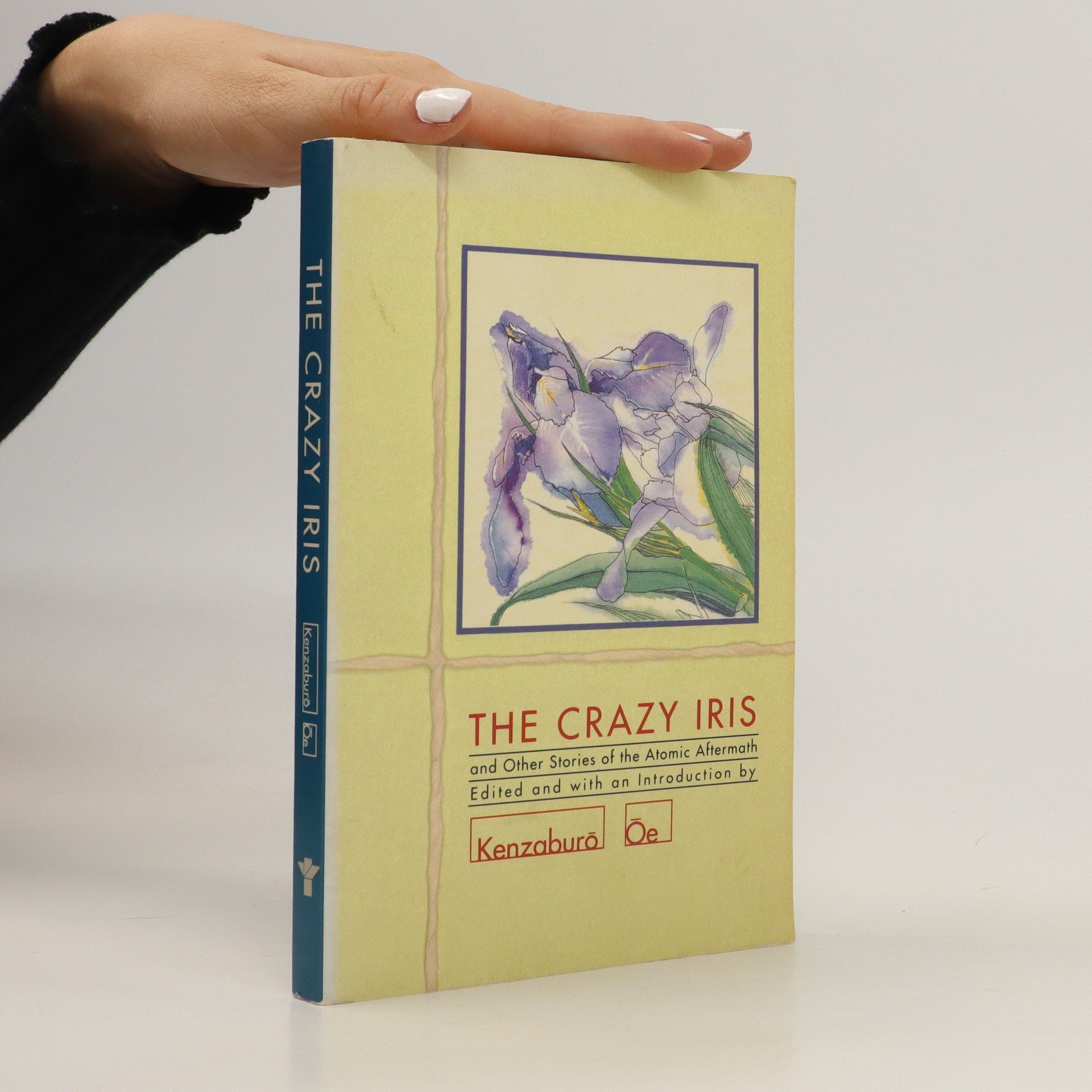
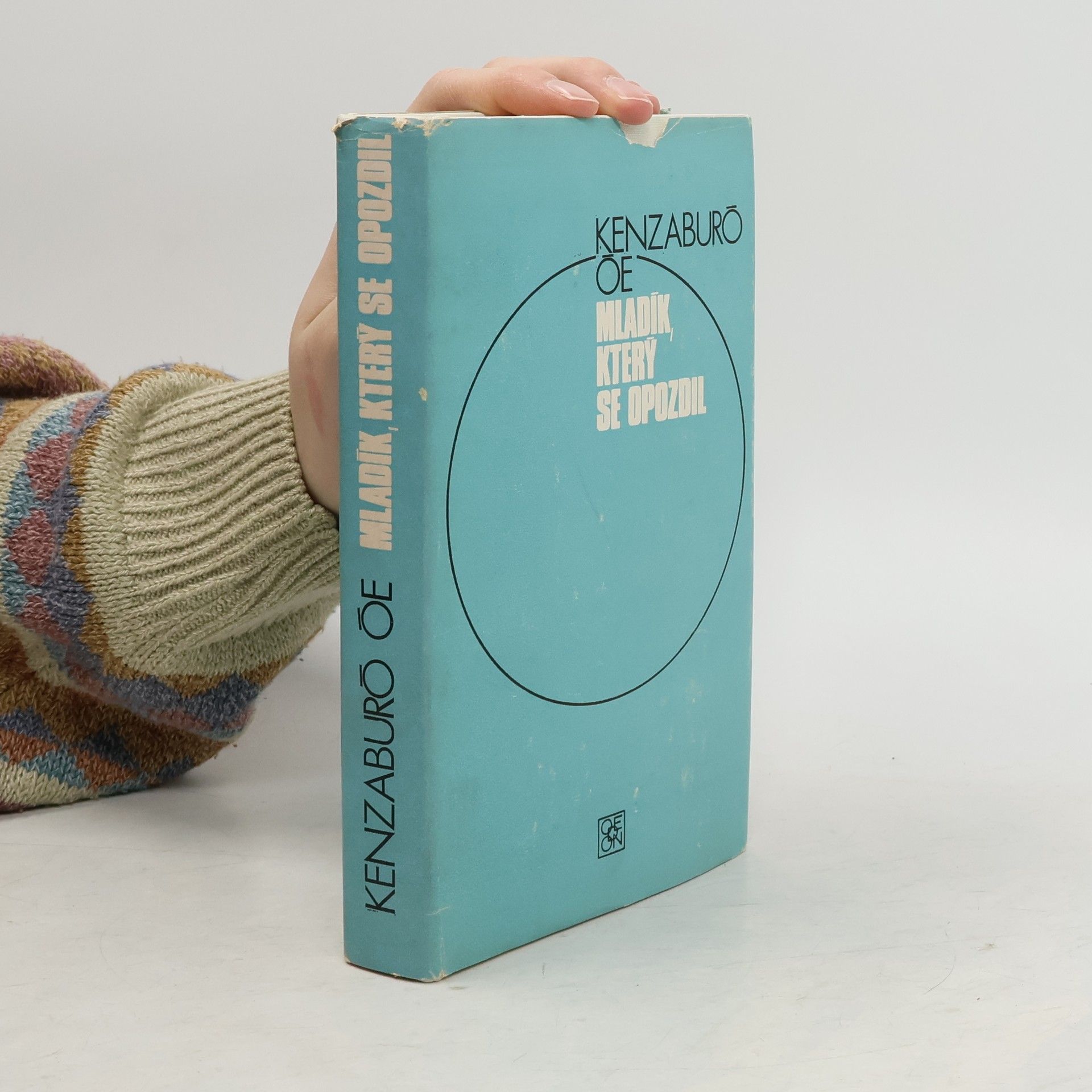


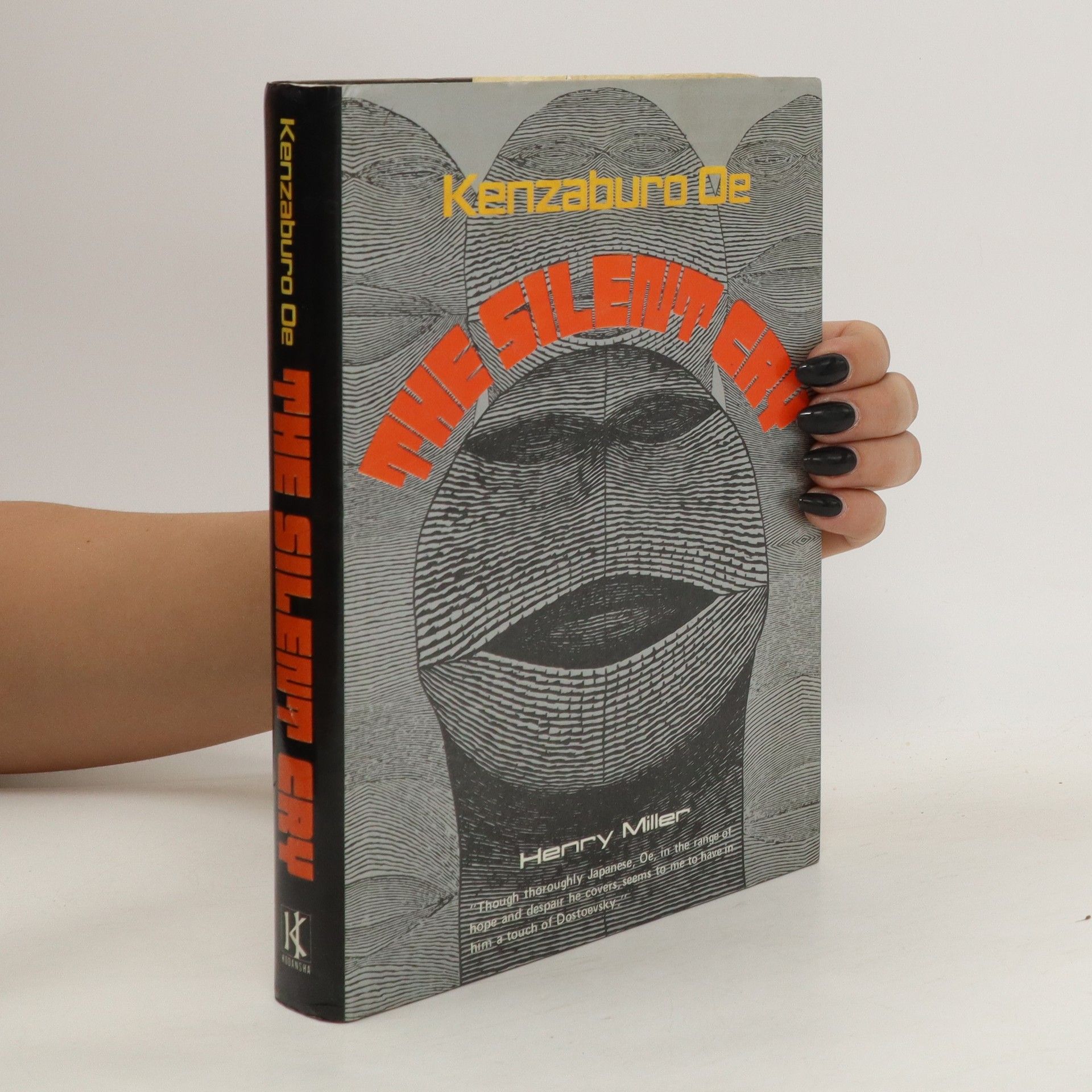
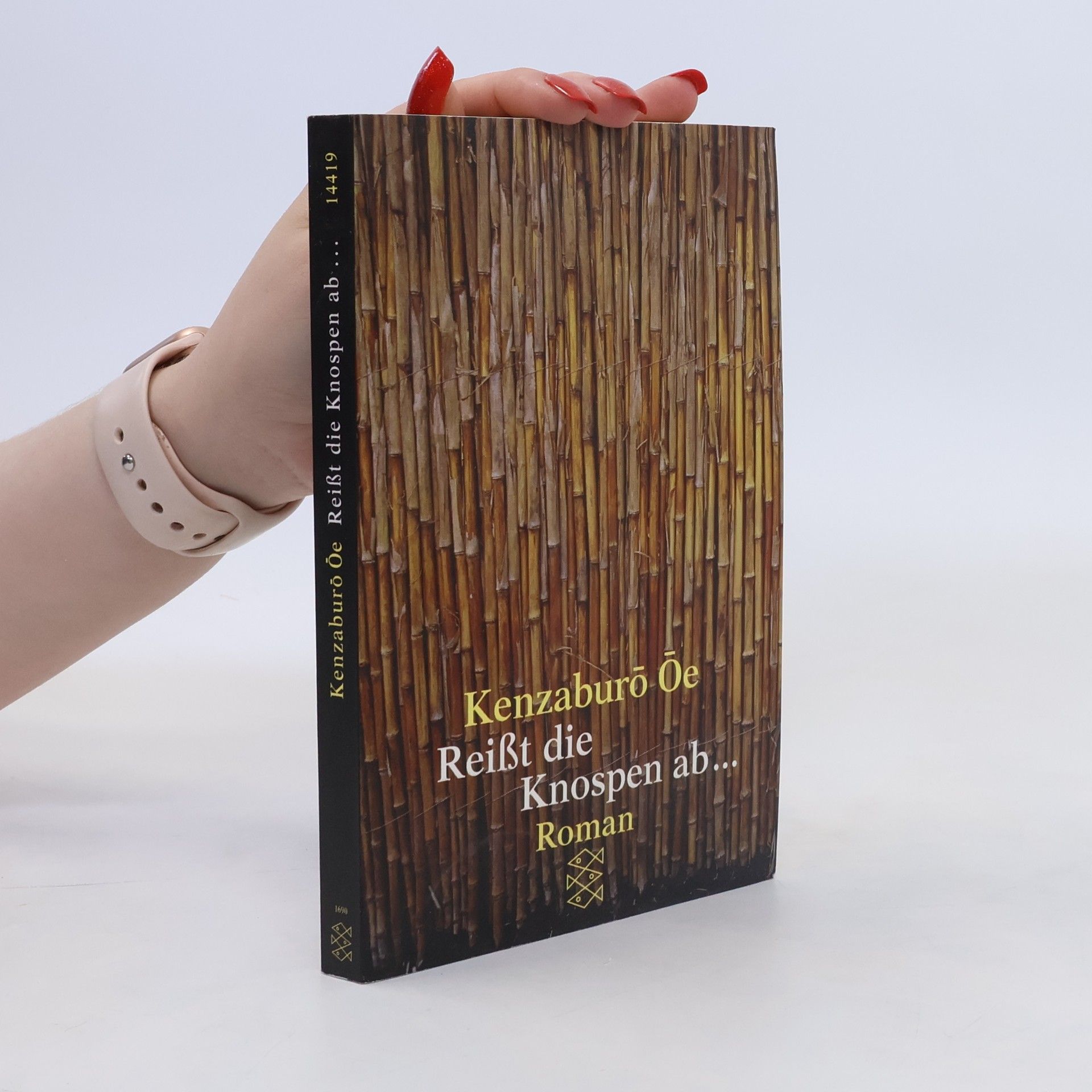
The Silent Cry
- 274 stránok
- 10 hodin čítania
"Two brothers, Takashi and Mitsu, return from Tokyo to the village of their childhood. Selling their family home leads them to an inescapable confrontation with their family history. Their attempt to escape the influence of the city ends in failure as they realize that its tentacles extend to everything in the countryside, including their own relationship."--Amazon.com
A Personal Matter
- 165 stránok
- 6 hodin čítania
Kenzaburō Ōe, the winner of the 1994 Nobel Prize for Literature, is internationally acclaimed as one of the most important and influential post-World War II writers, known for his powerful accounts of the atomic bombing of Hiroshima and his own struggle to come to terms with a mentally handicapped son. The Swedish Academy lauded Ōe for his "poetic force [that] creates an imagined world where life and myth condense to form a disconcerting picture of the human predicament today." His most personal book, A Personal Matter, is the story of Bird, a frustrated intellectual in a failing marriage whose utopian dream is shattered when his wife gives birth to a brain-damaged child.
Seventeen. Sexuální bytosti
- 190 stránok
- 7 hodin čítania
Nový, premiérový český překlad Kenzaburóa Óeho přináší v jednom svazku dvě kratší novely, neméně provokativní než loni vydaná Soukromá záležitost. Seventeen (1961) je příběhem středoškoláka, dospívajícího v Japonsku na přelomu 50. a 60. let, který těžce hledá cestu ze své osamělosti i své místo ve společnosti. Nepochopený sedmnáctiletý mladík, chronický onanista, nachází smysl své existence v extrémním pravicovém hnutí... Novela Sexuální bytosti (1963) pojednává o partě filmařů, která přijíždí do přímořského letoviska natáčet experimentální film. Každý ze sedmi účastníků výpravy má pro svou účast na natáčení své osobní důvody. Vztahy mezi nimi jsou více než provázané. S jednou z těchto postav se setkáváme i v druhé části románu, jež se odehrává v tokijském metru, kde se v přeplněných vagonech oddává mladík J sebeukájení, přičemž své chování chápe jako formu protestu proti společnosti a riziko potřebné k vymezení vlastní identity.
The crazy iris
- 204 stránok
- 8 hodin čítania
Edited by one of Japan's leading and internationally acclaimed writers, this collection of short stories was compiled to mark the fortieth anniversary of the August 1945 atomic bombings of Hiroshima and Nagasaki. Here some of Japan's best and most representative writers chronicle and re-create the impact of this tragedy on the daily lives of peasants, city professionals, artists, children, and families. From the "crazy" iris that grows out of season to the artist who no longer paints in color, the simple details described in these superbly crafted stories testify to the enormity of change in Japanese life, as well as in the future of our civilization. Included are "The Crazy Iris" by Masuji Ibuse, "Summer Flower" by Tamiki Hara, "The Land of Heart's Desire" by Tamiki Hara, "Human Ashes" by Katsuzo Oda, "Fireflies" by Yoka Ota, "The Colorless Paintings" by Ineko Sata, "The Empty Can" by Kyoko Hayashi, "The House of Hands" by Mitsuharu Inoue, and "The Rite" by Hiroko Takenishi.
Teach Us to Outgrow Our Madness
- 264 stránok
- 10 hodin čítania
These four novels display Oe’s passionate and original vision. Oe was ten when American jeeps first drove into the mountain village where he lived, and his literary work reveals the tension and ambiguity forged by the collapse of values of his childhood on the one hand and the confrontation with American writers on the other. The earliest of his novels included here, Prize Stock, reveals the strange relationship between a Japanese boy and a captured black American pilot in a Japanese village. Teach Us to Outgrow Our Madness tells of the close relationship between an outlandishly fat father and his mentally defective son, Eeyore. Aghwee the Sky Monster is about a young man’s first job — chaperoning a banker’s son who is haunted by the ghost of a baby in a white nightgown. The Day He Himself Shall Wipe My Tears Away is the longest piece in this collection and Oe’s most disturbing work to date. The narrator lies in a hospital bed waiting to die of a liver cancer that he has probably imagined, wearing a pair of underwater goggles covered with dark cellophane.
Hiroshima Notes
- 192 stránok
- 7 hodin čítania
Hiroshima Notes is a powerful statement on the Hiroshima bombing and its terrible legacy by the 1994 Nobel laureate for literature. Oe's account of the lives of the many victims of Hiroshima and the valiant efforts of those who cared for them, both immediately after the atomic blast and in the years that follow, reveals the horrific extent of the devastation. It is a heartrending portrait of a ravaged city - the "human face" in the midst of nuclear destruction.
Oe's dark musings on moral failure have come to symbolize an alienated generation in postwar Japan. This novel recounts the exploits of 15 teenage reformatory boys evacuated to a remote mountain village in wartime. When plague breaks out, the villagers flee, leaving the boys blockaded inside the empty village. The boys' brief, doomed attempt to build autonomous lives of self-respect, love, and tribal valor fails in the face of death and the adult nightmare of war.
Rouse Up O Young Men of the New Age!
- 272 stránok
- 10 hodin čítania
Kenzaburo Oe is one of the world's finest writers, and in Rouse Up O Young Men of the New Age! he delivers a virtuoso novel of extraordinary power, touching on his familiar themes of family, responsibility, the nature of literary inspiration, and the unique nature of parenting a disabled child.

